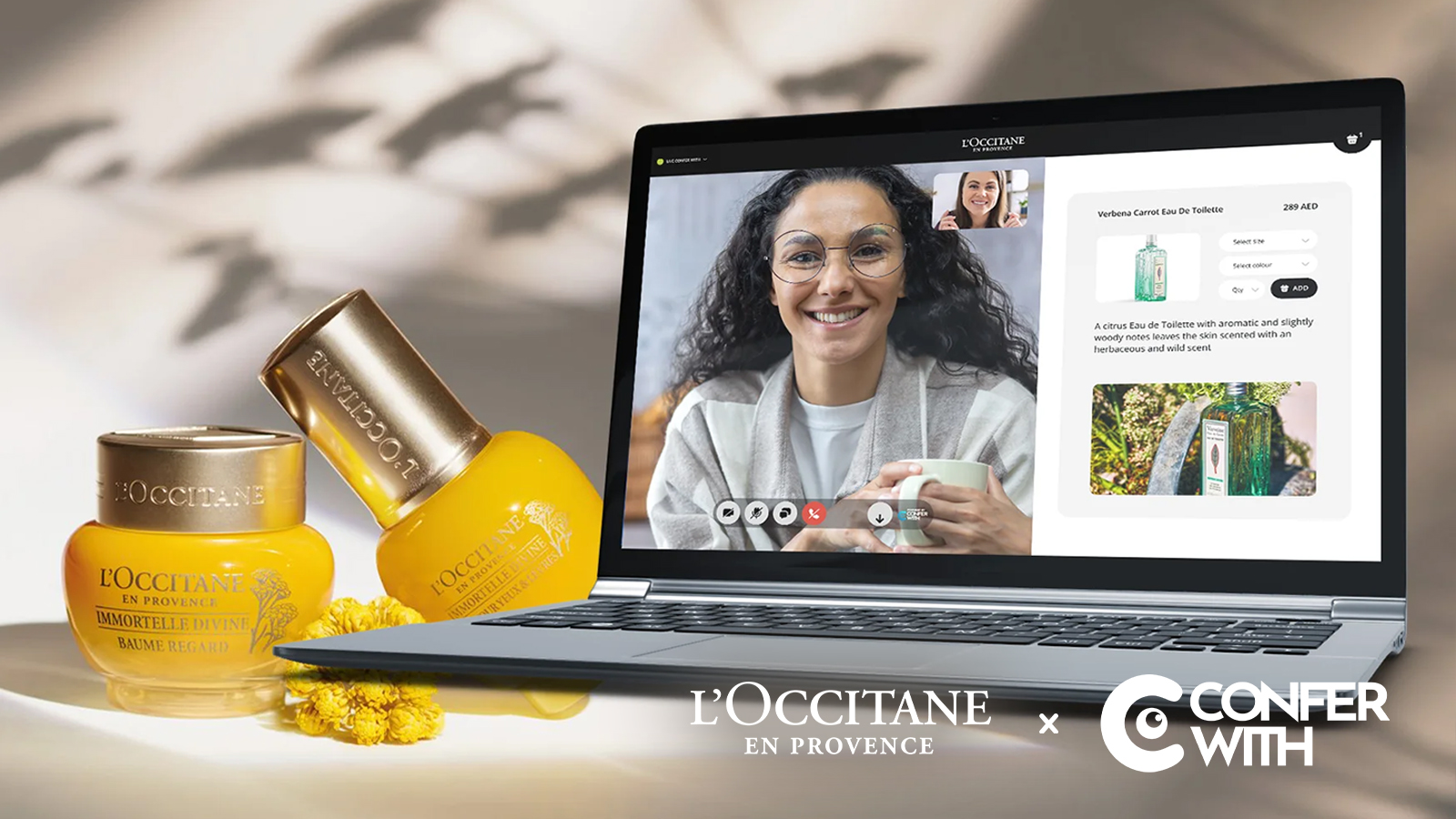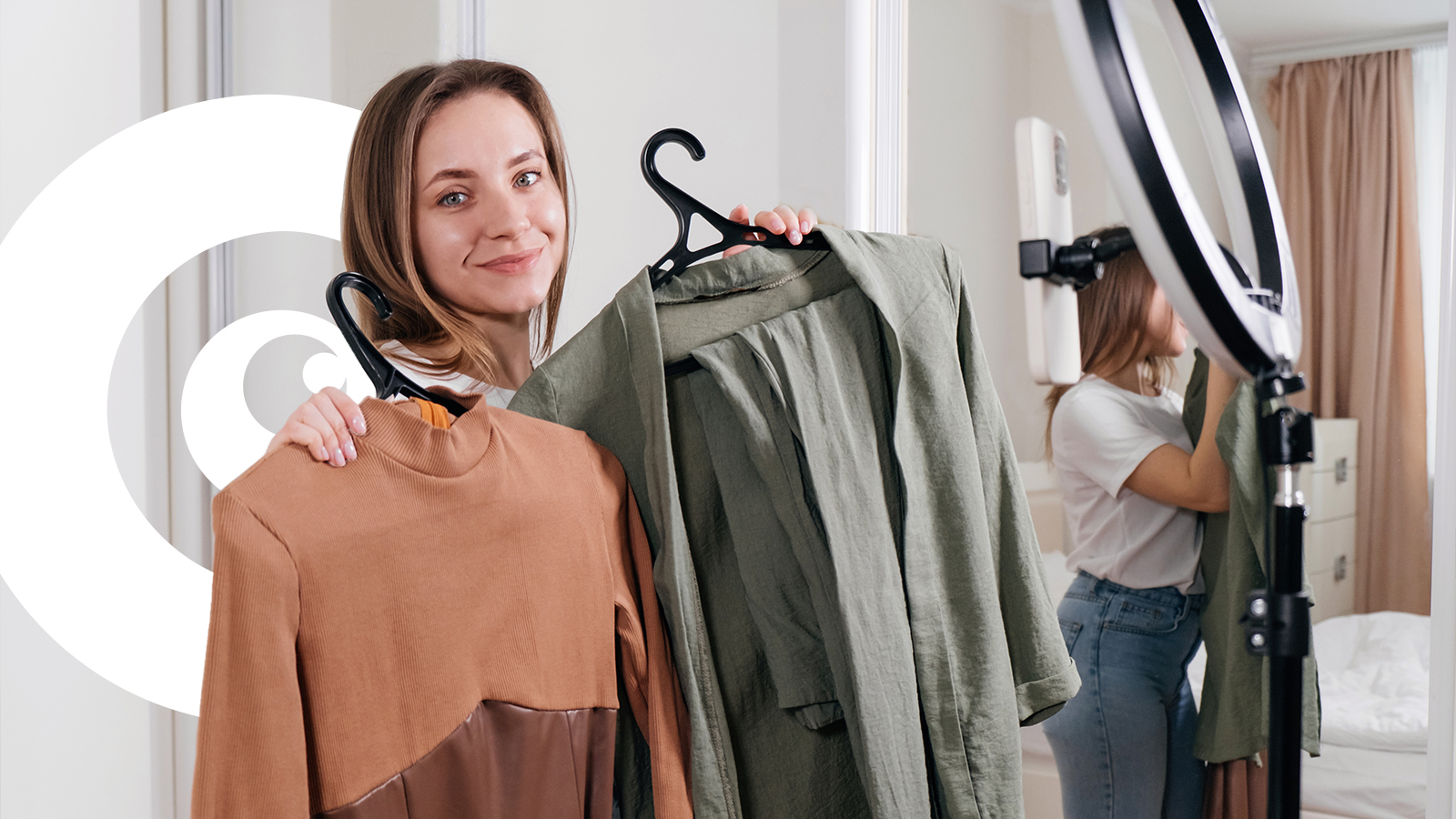2016, what a year that was. Shops were open, social distancing was an oxymoron and there were no worries about questionable Zoom filters. But more importantly, it was the year that Pokémon GO enriched the lives of children and adults. Using Augmented Reality (AR) technology, it placed superimposed images on to our phone screens immersing everyone in the world of Pokémon.
Jokes aside, it was the start of something huge. For the first time, ordinary people had access to AR. Now in 2021, every day and luxury brands are using AR to enhance the retail experience. And the benefits it yields are extraordinary. Shopify estimates eCommerce platforms that use AR technology expect to see a 94 per cent increase in conversion rates. 71 per cent of consumers will also shop at the store more often if they use AR and 47 per cent would prefer to use AR both in-store and online.

In this guide to AR in retail we will cover:
- What is AR
- What is AR in retail?
- AR in numbers
- Benefits of AR in retail
- AR in retail examples
- Future of AR in retail
- Recap/Key Takeaways
What is Augmented Reality or AR?
Augmented Reality or AR offers a semi-immersive experience, using computer-generated perceptual information which is then projected onto the real world. In other words, people can view superimposed digital content ranging from visual, auditory, text, haptic, and more
AR experiences can be accessed using smartphones, tablets and AR glasses which means it is far more accessible and affordable than Virtual Reality (VR) goggles.
More from us
- Video commerce and chatbots – why not blend the two?
- Creating a great customer experience using video commerce
- Why live stream shopping is great omnichannel marketing
How are AR and VR different?
While both offer a state of augmented realities there are differences between the two:
- AR does not offer a fully immersive experience
- VR uses special VR goggles to completely immerse the person in a digital world
- AR allows people to interact with the physical world around them
What is AR in retail?
AR in retail has been driven heavily by COVID-19 and lockdown restrictions. How can retailers adhere to social distancing, store closures and safety procedures whilst keeping customers emotionally invested in their brand? It is, without a doubt, becoming an essential technology for retailers. Not only to remain competitive but to drive revenue and differentiate themselves from their competitors.
AR in retail applies to many sectors. Furniture, clothing, beauty, opticians – there’s really no restrictions.
In a typical setting, a customer will be on a device such as a phone or a tablet and begin browsing on a webpage. They may view different shades and decide to go in-store to test them out.
However, when stores reopen it will be some time before tester products are no longer prohibited.
This is when AR comes in.
Instead, they can navigate through a wide selection of products like hair dyes, foundations, lipsticks and virtually try them on. AR technology can also recommend products based on complexion and even facial structure.
For example, a virtual beauty tool, GLAMlab, allows consumers to digitally swatch the foundation. Since COVID-19, usage has increased by seven-fold and over 50 million foundations have been tested.
AR in numbers
Let’s check out these numbers to illustrate AR’s impact on retail:
- 61 per cent of shoppers prefer to purchase on websites that use AR technology
- 35 per cent of shoppers say that AR would make them shop more
- 77 per cent of shoppers prefer AR to view product variations
- 40 per cent would pay a higher price if they could view it using AR
- 51 per cent of shoppers say retailers are failing to acknowledge or even make use of AR
AR in retail enables consumers to try or view an array of objects in the comfort of their own home. This semi-immersive experience certainly creates a memorable one and injects shoppers with a boost of confidence; something greatly missed on eCommerce platforms.
For retailers, it helps them fight through the noise. The market is heavily saturated and with hundreds, if not millions selling the same thing.
By adding a digital component on top of your physical presence helps create a buzz around your brand.
Examples of AR in Retail
How are brands facilitating the ‘try before you buy’ experiences with their customers?
Let’s check out a few examples:
IKEA Place
In 2017, Apple launched the ARKit at its Worldwide Developer Conference. Prior to this, IKEA has already experienced AR technologies, albeit to some technical restrictions.
Once IKEA Place was released, consumers download the app and can choose from multiple product categories. After choosing the desired subject they can project it onto their surrounding physical environment using AR. From there, users can see if it fits, switch through variations and most importantly, see if it looks right.
The brand has taken a moral stance too. This app is a peephole into users’ homes and subsequently producing a lot of insightful data. However, they decided against it and removed all commercial data from the app. Former Senior VP Digital Transformation, Michael Valdsgaard said:
“we want to help you but we don’t want to intrude on you”
This is one thing retailers should keep in mind. Yes, data in moderation can unlock plentiful opportunities to direct your marketing campaigns to the right people.
However, people are data-aware and are becoming more protective over their data rights. Follow the words of Valdsgaard and don’t intrude.

Levi’s social AR tool
It’s surreal to think that shopping with friends uncovers mountains of nostalgia. Levi has tried to recreate social interactions with the digital AR tool, Squad. It is a co-watching video app where friends can shop together and try out Levi’s clothes.
Brands are chasing ways in how to reimagine those all familiar experiences, but it also creates a sense of inclusivity. From anywhere in the world, people are able to converse and relive shopping experiences online, all from a smartphone device.
Benefits of AR in retail
1) It helps retailers save money
According to a recent study, 30 per cent of all products ordered online are returned, compared to nine per cent in physical stores. It shows that regardless of how good descriptions are or what customer service is, return rates are a battleground for eCommerce stores.
AR technology allows consumers to visualise products and boosts purchase confidence. Most likely if the AR experience was seamless and enjoyable this will subsequently improve on average order value too.
However, this should not be done in isolation. Free returns and a simple return process will encourage repeat custom, even if their first purchase was not successful.
2) Enhances the shopping experience
A Retail Perceptions study found that 71 per cent of consumers will shop with a brand more often if they offer AR technology. Interestingly, a further 47 per cent would use AR both in-store and online.
From an online perception, it solidifies the virtual shopping experience. People can try on clothes, test out makeup and visualise what their dream bedroom could look like.

From a physical in-store perception, it can empower retailers with showing items that are not in stock. Or creating an exciting environment for visitors which may not have been possible without technology.
3) It increases KPIs
For brands recreating social experiences with AR saw conversion rates increase by 52 per cent. Revenue per user also increased by 42 per cent and average order value also saw improvements from shoppers engaging with AR.
The Future of AR in Retail
At the time of writing, non-essential UK stores are set to open in April.
Will this mean a return to busy shops and a downward trend in online shopping?
Digital analysts predict that eCommerce will continue to dominate the retail landscape as consumers are accustomed to digital shopping habits. Additionally, 75 per cent of consumers now expect retailers to offer an AR experience.
On the other hand, businesses should be reviewing their operations and margins. It was highlighted that eCommerce returns are far higher than brick-and-mortar stores, well it also costs UK retailers £60 billion a year.
It is a matter of fact that AR will redefine retail. Now is only the beginning but it will continue to rise and be a part of our everyday shopping needs.
Recap
Augmented Reality or AR is enriching the online shopping experience. Experts say that it has already begun to redefine retail and is key to reducing high return costs.
From a customer’s perspective, they can buy with confidence and bring life to images that are hard to visualise.
Here are our key takeaways:
- AR uses computer-generated perceptual information which is then projected onto the real world
- 61 per cent of shoppers prefer to purchase on websites that use AR technology
- 35 per cent of shoppers say that AR would make them shop more
- AR allows retailers to adhere to social distancing, store closures and safety procedures whilst keeping customers emotionally invested in their brand
- AR is becoming a baseline for everyday shopping purchases
About Confer With
To find out more about how you can use video commerce and AR to increase sales and customer success, schedule a no-obligation demo today.




